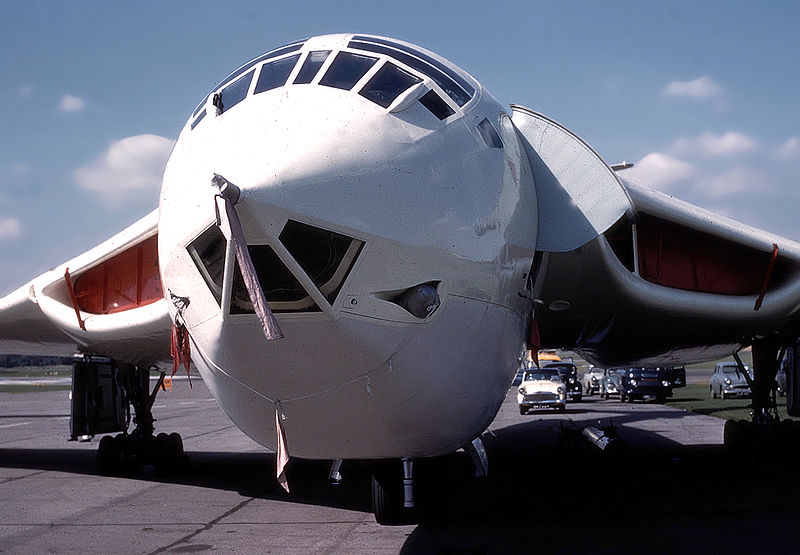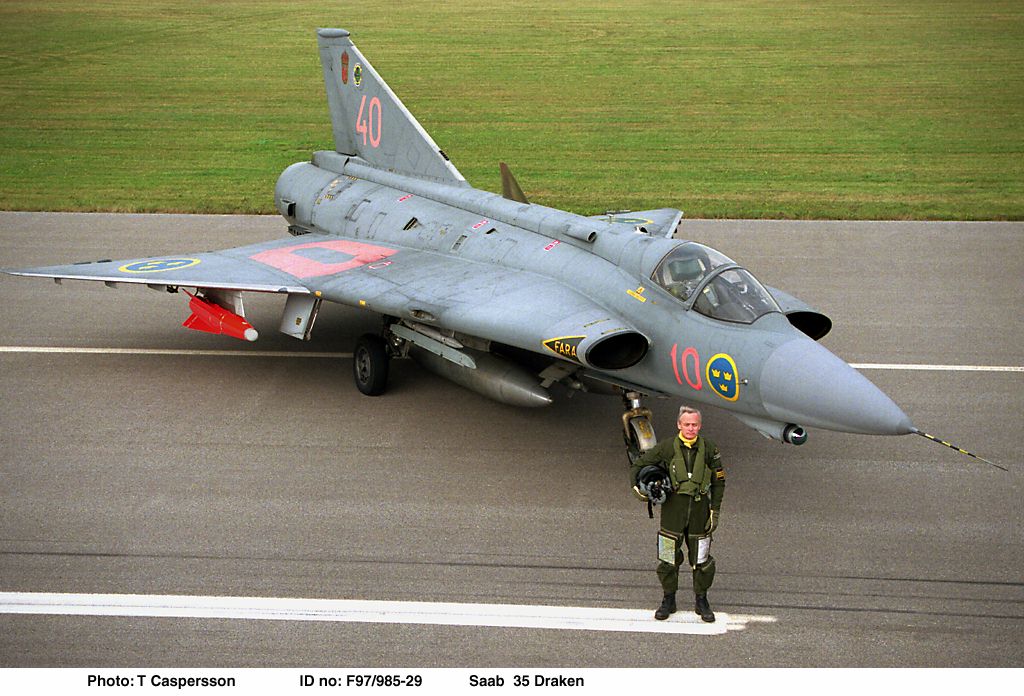Such a configuration seems like it would be very good for reducing wetted area and therefore friction drag (at least when compared to podded engines like those used on most airliners). Having the inlets in the wing root would likely be associated with closely-spaced engines which in turn help improve role rate due to a decreased moment of inertia (as seen in many fighters).
The close association of the inlets with the wings, however, might negatively impact the airflow over the wing. Likewise, the inlets might be more likely to ingest disturbed air coming off of the fuselage if they are placed right next to the fuselage (versus podded engines placed away from the fuselage). Podded engines are also often easier to access for maintenance.
To some extent, the F-22 could be argued as having semi-blended inlets because the top of the inlet duct is right at the same height as the wing. From the top, it's almost as if the wing extends forward and becomes a part of the inlet. So it can definitely be stealthy. Likewise, The General Dynamics A-12 would have had wing-embedded inlets.




